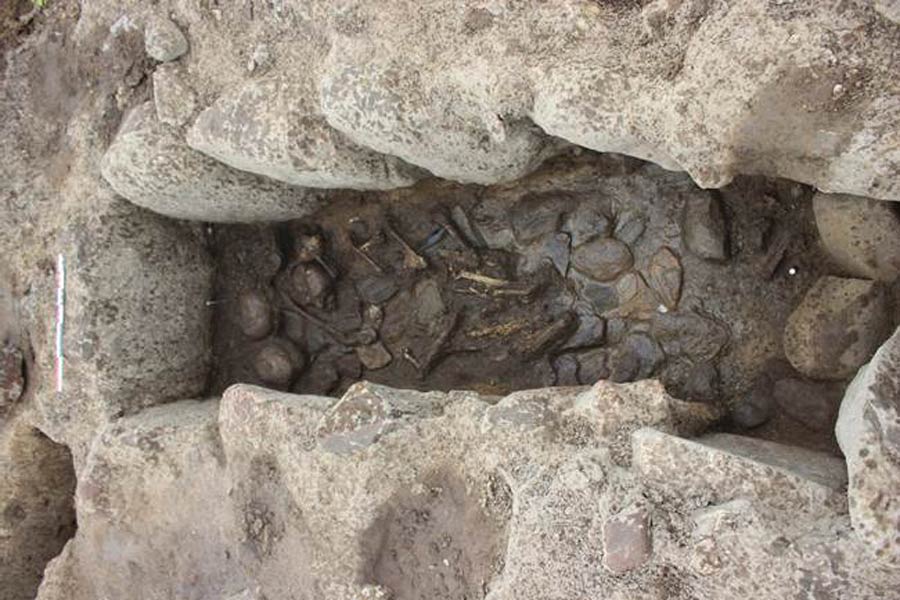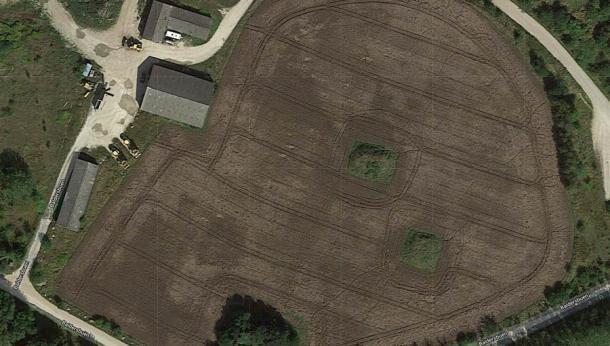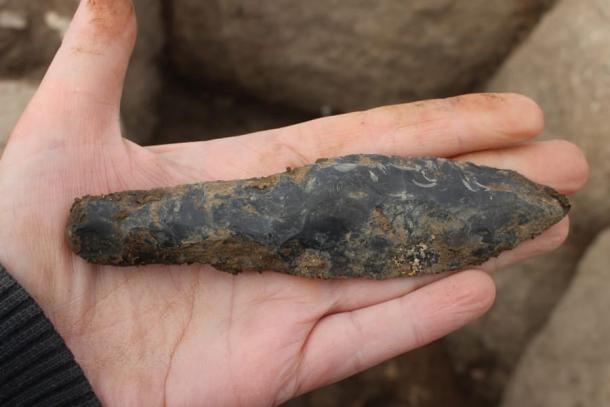Se han encontrado los cuerpos de cinco niños en un antiguo túmulo funerario en Dinamarca. ¿Pero dónde están todos los demás?
La arqueología se estructura en gran medida en el descubrimiento y recuperación de los edificios y cuerpos de las élites de la historia. Si bien rara vez se desentierran los restos de personas comunes o no tan poderosas, menos aún las tumbas de niños. Por eso el descubrimiento de los cuerpos de cinco niños ocupa los titulares de la arqueología.

Un hallazgo raro y emocionante
Se estaban realizando excavaciones antes de la ampliación de la gravera de Nymølle Stenindustrier en Hedehusene, una ciudad entre Copenhague y Roskilde en la región capital de Dinamarca. El equipo de arqueólogos quedó perplejo cuando encontró un túmulo que contenía sólo cinco esqueletos de niños. La arqueóloga Katrine Ipsen Kjær de ROMU dirigió el equipo del proyecto que recuperó los cinco delicados esqueletos y dijo: “Estamos muy entusiasmados con el hallazgo”.
The children’s skeletons were found in two individual tombs. One dated to 2400 – 1700 BC, known as the Peasant Stone Age, and held four skeletons aged 3-4 years old. The second tomb held only one Bronze Age (1700 – 500 BC) burial, of a slightly older child. One of the four children was buried with a stone blade and the Bronze Age child was discovered with a bronze bracelet beside the head.

Baldershøj are a couple of Bronze Age burial mounds located east of Fløng and north of Hedehusene, Denmark. The mounds are located within a small field. Credit: Google Maps
A Child’s Burial Site
Professor Kjær highlighted how rare such burial mounds are. Rarer still is the fact that the mound contained well-preserved skeletons. But what makes this discovery ‘extremely rare’ is that the mound holds the remains of children’s skeletons. The archaeologist said the children’s well-preserved remains are ‘a source of huge knowledge’ that cannot be derived from bodies found in exposed graveyards.
In the ancient world, certain locations were associated with the afterlife more so than others. Therefore, the location properties of Stone Age burial sites were often still valued in the Bronze Age, when the older tombs were opened, cleared, and filled with fresh cadavers.
Because 100% of the bodies recovered at this site are children’s, the easy assumption is that this was a burial reserved solely for children. However, the discovery of a bronze blade at the top of the burial mound, a tool usually associated with adult burials, suggests there might be adult graves awaiting discovery at the site.

Small, flint dagger found alongside one of the children’s remains. Was this tool that of a child, or an offering from an adult? (Katrine Ipsen Kjær / ROMU)
Where are the rest?
An interesting question that arises from this finding is, why are so few children’s graves found by archaeologists, when it is known that so many people in history died as children? Nobody is quite sure why there are hardly any children’s graves found compared with adults, but it might be the case that they were cremated more often. In Pre-Christian times children who had died young were generally buried separately from adults, and burial rituals varied from place to place, depending on where a child had died. Katrine Ipsen Kjær says the next step is to date the skeletons accurately, so as to determine when the five children were alive.
Armed with this knowledge, a team of genetic scientists will try to gather DNA samples to determine if any of the four children found in the one tomb were related. Furthermore, if it’s established that all four died at the same time, it would suggest they had each contracted a contagious disease, says Katrine Ipsen Kjær.
En la última frase del artículo de ROMU sobre el descubrimiento de los cuerpos de los cinco niños, la profesora Katrine Ipsen Kjær cierra con una última cita relacionada con el potencial de recolectar datos del ADN de los niños. Ella dijo que su equipo “tiene mucha curiosidad”. No, no, no, eso simplemente no sirve. Los cinco niños están muertos y, comparativamente, sientes cierta curiosidad por saber cómo murieron. En la difícil situación de mantener un mínimo de respeto mientras se exhuman los cuerpos de cinco niños para estudiarlos, tenga: mucha, mucha, seriedad, terrible o intensa curiosidad. Cualquier cosa menos curiosidad “muerta”.





